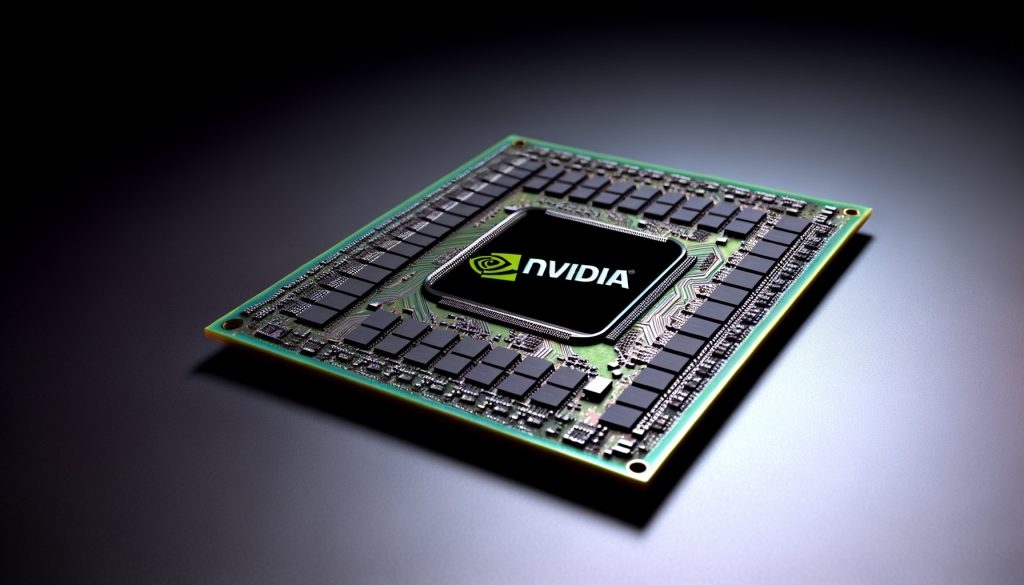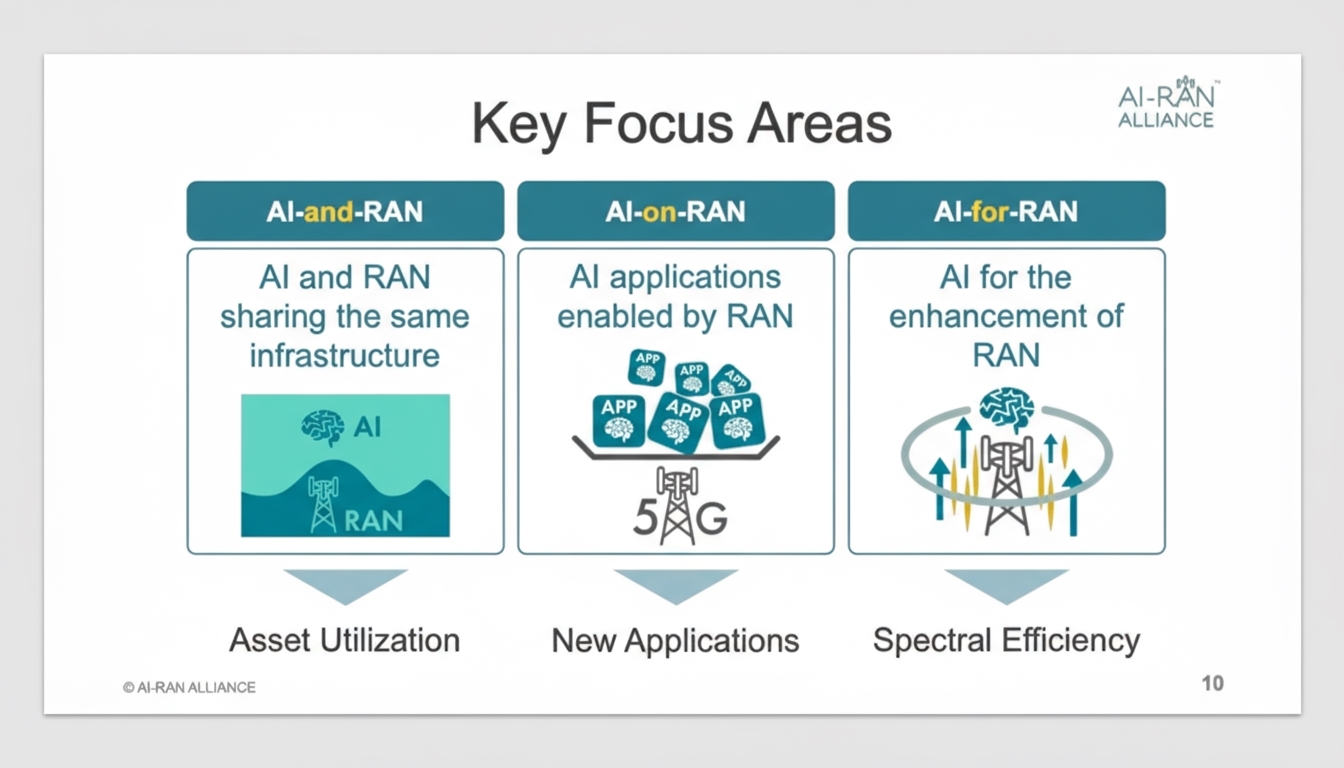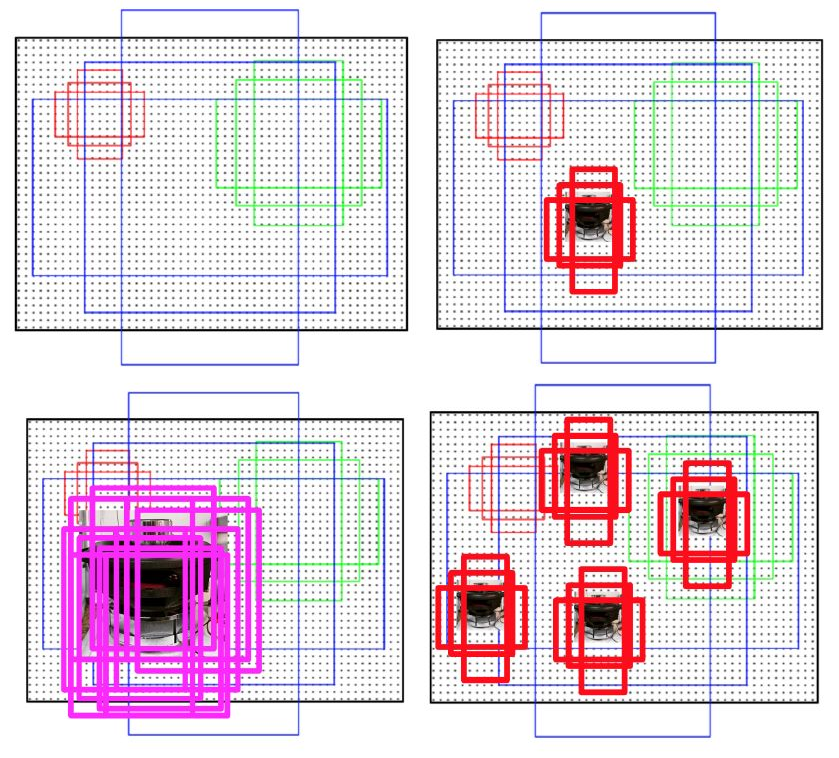Abstract
This article analyzes and summarizes the application and research status of artificial intelligence in the field of military intelligence to provide reference for subsequent research. From the perspectives of intelligent intelligence analysis and military command decision-making, it reviews the development and current applications of artificial intelligence in military intelligence work. Based on the intelligence workflow, it analyzes a military intelligence service model under artificial intelligence. It systematically reviews typical U.S. intelligent intelligence system projects and examines key development trends and technical challenges for artificial intelligence in military intelligence.
Background
The concept of artificial intelligence (AI) was first proposed by American researcher John McCarthy at the Dartmouth conference in 1956. Since its formal proposal, AI has experienced multiple cycles of boom and bust. AI is a frontier, multidisciplinary field aimed at simulating, extending, and augmenting human intelligence to achieve machine intelligence. The development of AI has roughly passed through three stages: computational intelligence, perceptual intelligence, and cognitive intelligence. At present, AI technology is in the early cognitive intelligence stage. With continuous progress in big data, image recognition, natural language processing, and deep learning, machine systems are beginning to possess autonomous understanding, reasoning, and decision-making capabilities.
In recent years, deep learning–based AI technologies have achieved breakthrough advances in many commercial domains and have gradually penetrated military areas such as intelligence analysis and command decision-making. Major military powers have elevated artificial intelligence to an important position in national strategic planning and are accelerating the deployment and application of AI in defense and military contexts, aiming to secure the "high ground" in information confrontation within future multi-domain coordinated operations and to increase the chances of decisive advantage in war.
Scope of This Review
This article first summarizes the current applications of artificial intelligence in military intelligence. It then analyzes a military intelligence service model based on the intelligence workflow under AI technologies. Finally, it discusses key development trends and technical difficulties for AI in military intelligence, offering reference value for future research and exploration in this area.
 ALLPCB
ALLPCB







